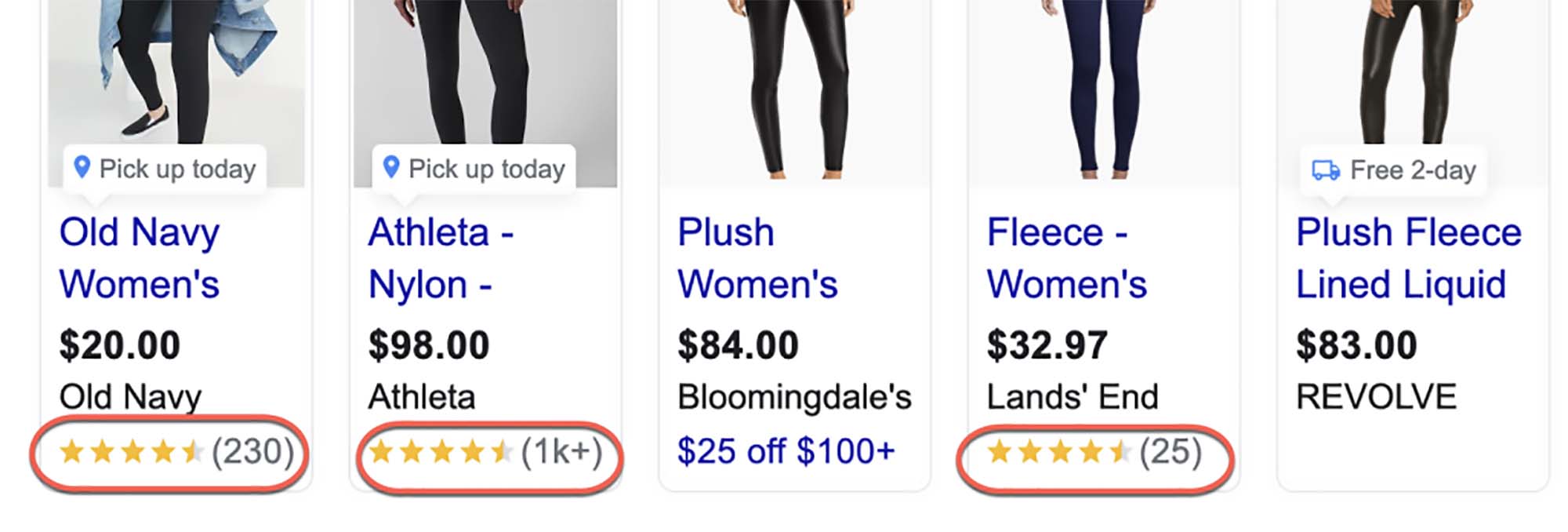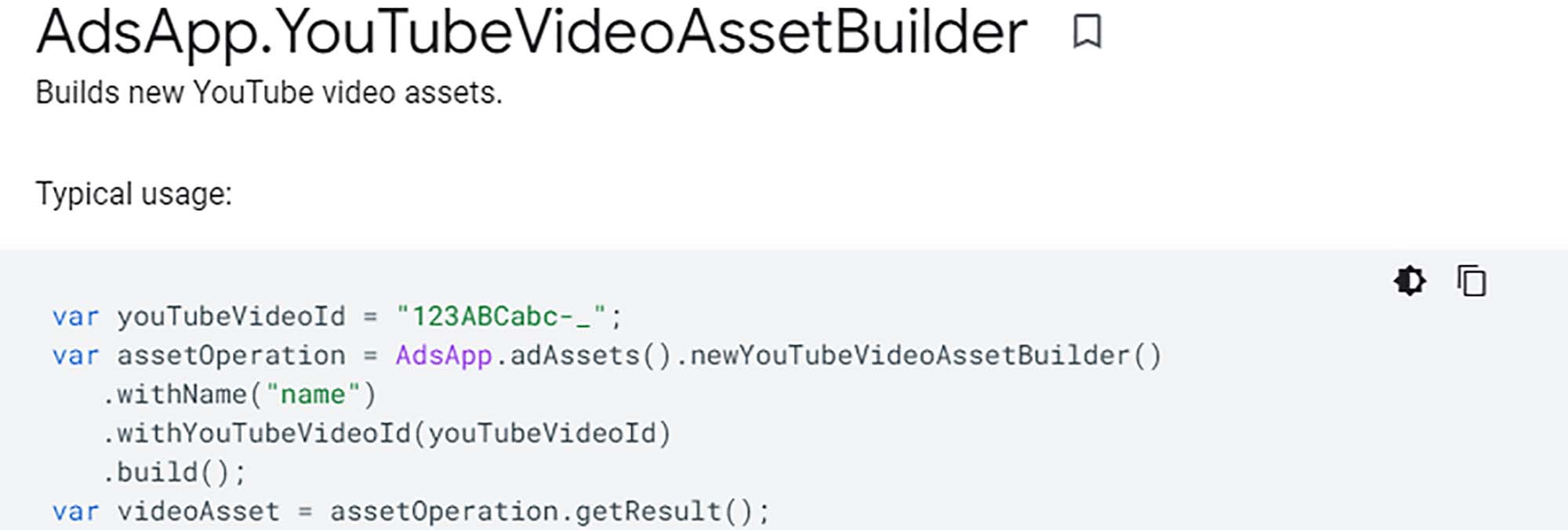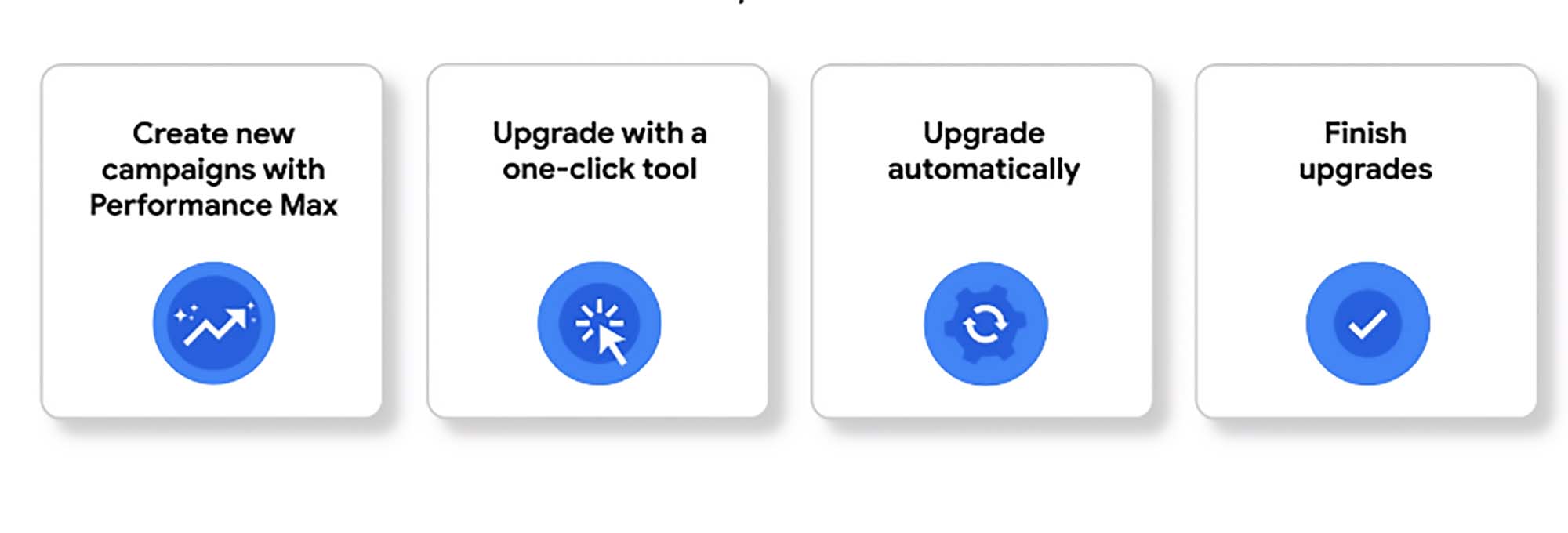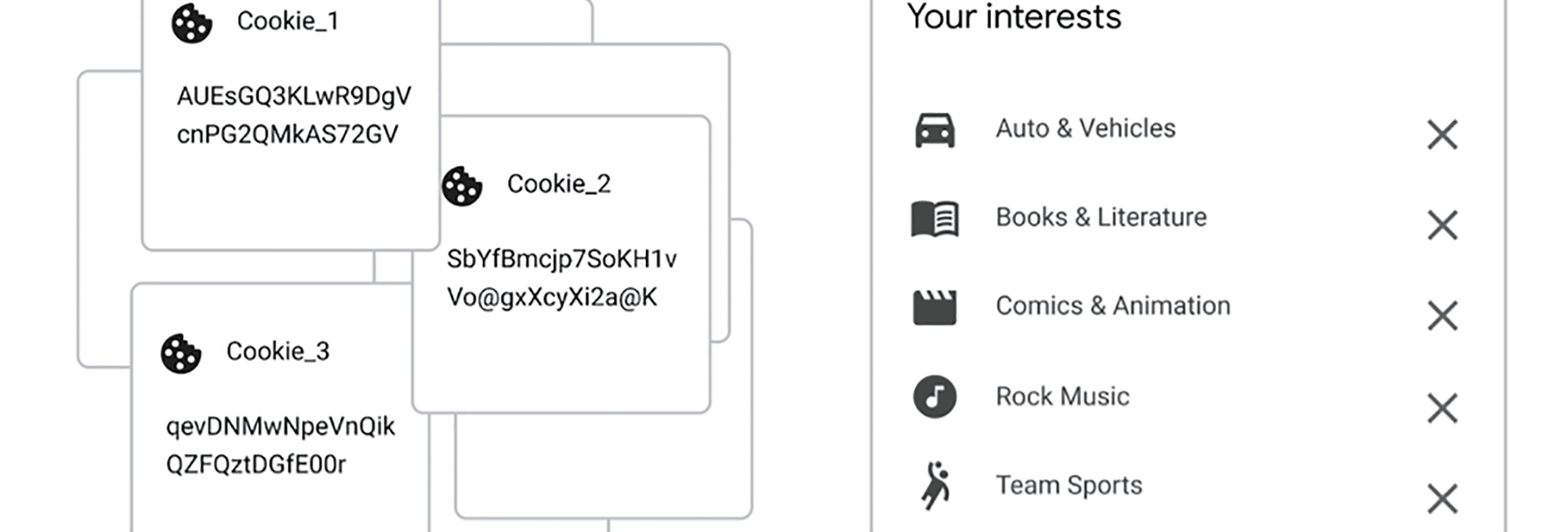Choosing the best strategy for your business can be challenging. Nevertheless, these posts are a great resource to help you get started.
4 automated campaign types and how to control them by Search Engine Land

The automation should supplement your marketing efforts.
Many platforms like Google are placing even more emphasis on automation applications. However, automation processes can be confusing for the people who are in charge of PPC. Therefore, you should find a balance between human knowledge and machine learning toward four campaign types.
- Smart Display with pay for conversions
- Dynamic Search Ads with exclusions and negative keywords
- Custom video campaigns
- Broad match and smart bidding with remarketing lists
Read on Search Engine Land
Should you use seller ratings in your Google Ads campaigns? – By Group Twenty Seven

You can see ratings of ads on a scale of 1 to 5 stars on search results. Any eligible advertisers can add these ratings to their Google Ads campaigns. However, it’s hard to activate them, although seller ratings don’t cost much.
First of all, you must realize whether or not you need them for your search marketing campaigns. Since seller ratings are automatic extensions, you can’t control when and how often Google adds your rating to ads. Furthermore, you have to collect at least 100 seller ratings from a country within the last 12 months for this extension to appear in your ads. In addition, keep in mind that your extension won’t appear if your rating falls below 3.5 stars. In summary, it can be challenging to collect at least 100 rating points in 12 months. In order to achieve this, advertisers may have to work with a third-party provider and fees may also vary depending on the service quality. As you know, every business has different marketing tactics. So, this points out to the fact that only you can decide which tactics to be applied. Accordingly, it’s only up to you to determine whether a seller rating is required. If you believe that using a seller rating will support your business, you can test it and see the result at first hand.
Read on Group Twenty Seven
Google Ads scripts roll out support for asset-based video ads by Search Engine Land

After February 28, 2022, media-based video ads will no longer be supported, and script errors will occur.
As announced on Monday, Google Ads scripts now support asset-based video ads, which means that this new feature replaces media-based video ads. To create new video ads, advertisers must migrate the previous codes for media-based video ads by that date.
Read on Search Engine Land
Get ready for Smart Shopping and Local campaign upgrades by Google Ads

Google improves Smart Shopping and Local Campaign on Performance Max.
Performance Max uses Google’s machine learning to help advertisers find potential customers, which is a great solution for businesses of all sizes that want to get their products in front of the right audience. This new feature builds on the same basic aspects of marketing, giving you inventory insights and much more. Advertisers can upgrade their Smart Shopping and Local campaigns to Maximum Performance starting in April to access additional inventory and formats. By upgrading your Smart Shopping campaigns to Performance Max, you can increase ROAS by an average of 12%.
Read on Google Ads
Get to know the new Topics of API for Privacy Sandbox by Google

On January 25, Google announced a new Privacy Sandbox proposal, Topics.
Privacy Sandbox is an attempt by Google to establish web standards for websites to access user information without compromising privacy. Its primary purpose is to facilitate online advertising without using third-party cookies. Your browser will identify several topics representing your top interests during the week with Topics based on your browsing history. Bear in mind that Topics are kept for three weeks, and the old topics are deleted afterwards.
Read on Google
Ad fraud is still a massive concern amongst advertisers in 2022 by Hero Blog

Most of the budgets advertisers spend are wasted due to ad fraud. Therefore, 28% of internet traffic comes from bots.
Nowadays, it’s becoming harder to detect ad fraud since scammers invent more sophisticated techniques day by day. As a result, ad fraud is still a major concern for advertisers. Experienced marketeers, in particular, have a more substantial concern about fraud and are more successful in detecting it. In this context, advertisers can use click-fraud protection software to prevent such incidents.
Read on Hero Blog

